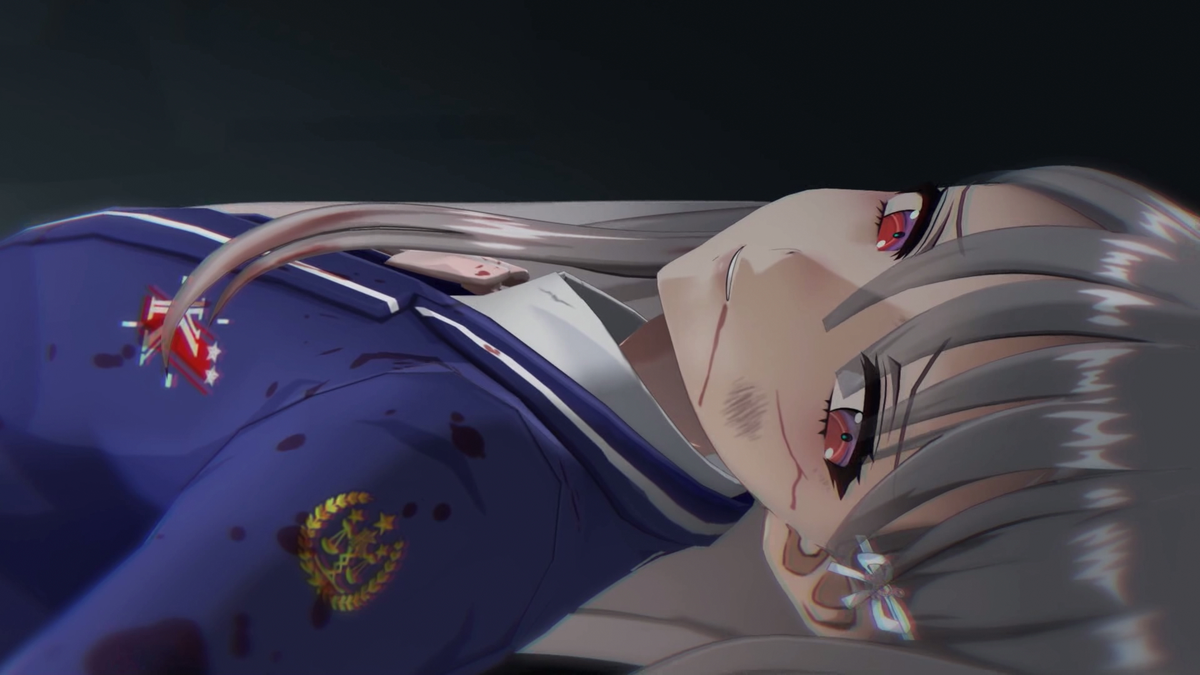
Hello. I am here to talk about Varlet, a video game where I vaguely remember pushing buttons on the controller and images would move on screen. These moving images had a unique effect on me. I felt my brain turning into mush, my mouth hanging half open as the flashing blue light coming from the television stung my eyes just enough to keep me from being graced by the comfort of a deep slumber. If it wasn’t apparent already, I did not like Varlet! To be clear, this isn’t a travesty of a game as my tone would understandably insinuate. For the most part, the various systems function. Never in a way that’s actually fun, but the gameplay does indeed function and never elicited any sort of rage or frustration from me. Actually, it didn’t really elicit anything at all. Varlet is just an exercise of sheer boredom.
It’s a shame just how dull Varlet ended up being, because I’m always out to bat for games made by developer FuRyu. Most of them aren’t great, often feeling like a budget takes on popular JRPGs they took inspiration (sometimes talent) from. Regardless, each of their titles possesses a passionate flame that rises above the jank to deliver something resonating. From The Caligula Effect 2’s fantastic character writing, Crymachina’s final few hours diving into thoughtful queer humanism, or Reynatis’s world building being entrenched in depicting discrimination, their catalog of games have some sort of well executed factor that propels my fondness for them. Sadly, Varlet is crushingly absent of any sort of compelling spark to be among that list.
The streamlined RPG and school life systems ironically makes the game feel more bloated than it is. It starts with promise, but the repetition and lack of mechanical progression means the decent foundation quickly loses its luster the longer the game trudges on. The generic story has some nice character moments, but ultimately feels vapid as it spins its wheels. Thus, it is a merciful blessing that Varlet skews towards the shorter end compared to other JRPGs. Yet that only makes the tedium all the more severe with the game overstaying its welcome halfway through my 20 hour playtime.
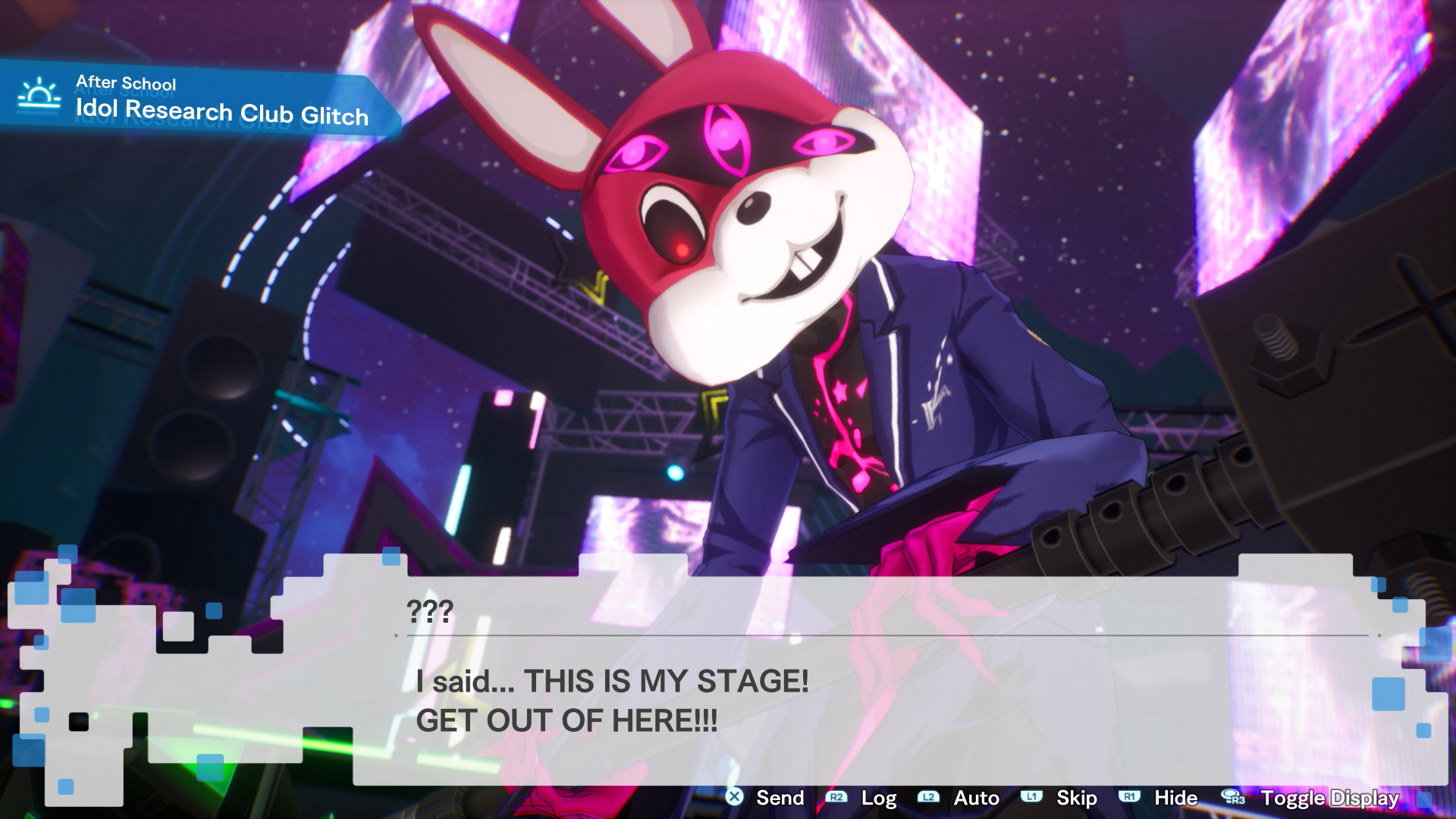
Varlet checks off all the marks of your average high school JRPG fare: a silent protagonist who transfers into a new school, a mysterious other world called Glitches filled with monsters, and a cast of students that balance their school life with their supernatural ones. Each arc possesses a similar structure: something strange happens around campus, with the team investigating these occurrences, the perpetrator, and subsequently hopping into Glitches to stop them. Fights ensue before a character spouts something about the power of friendship and believing in yourself, and things get resolved. If you have played any Atlus RPG, you’ve practiced this same drill before. It’s a song and dance I have a soft spot for, so I didn’t mind the lack of surprises as long as the narrative tropes were executed well.
Unfortunately, Varlet rarely rises beyond mimicking its inspirations. The narrative centers its various plot threads around social media, and the contemporary adolescent struggles that spawn from being empowered by apps on a screen. Its story isn’t bad, and there are some conceptually wild, but cool curve balls it throws during the final stretch. However, the overall depth of the tale feels skin deep, making the road to reach those cool moments feel arduous.
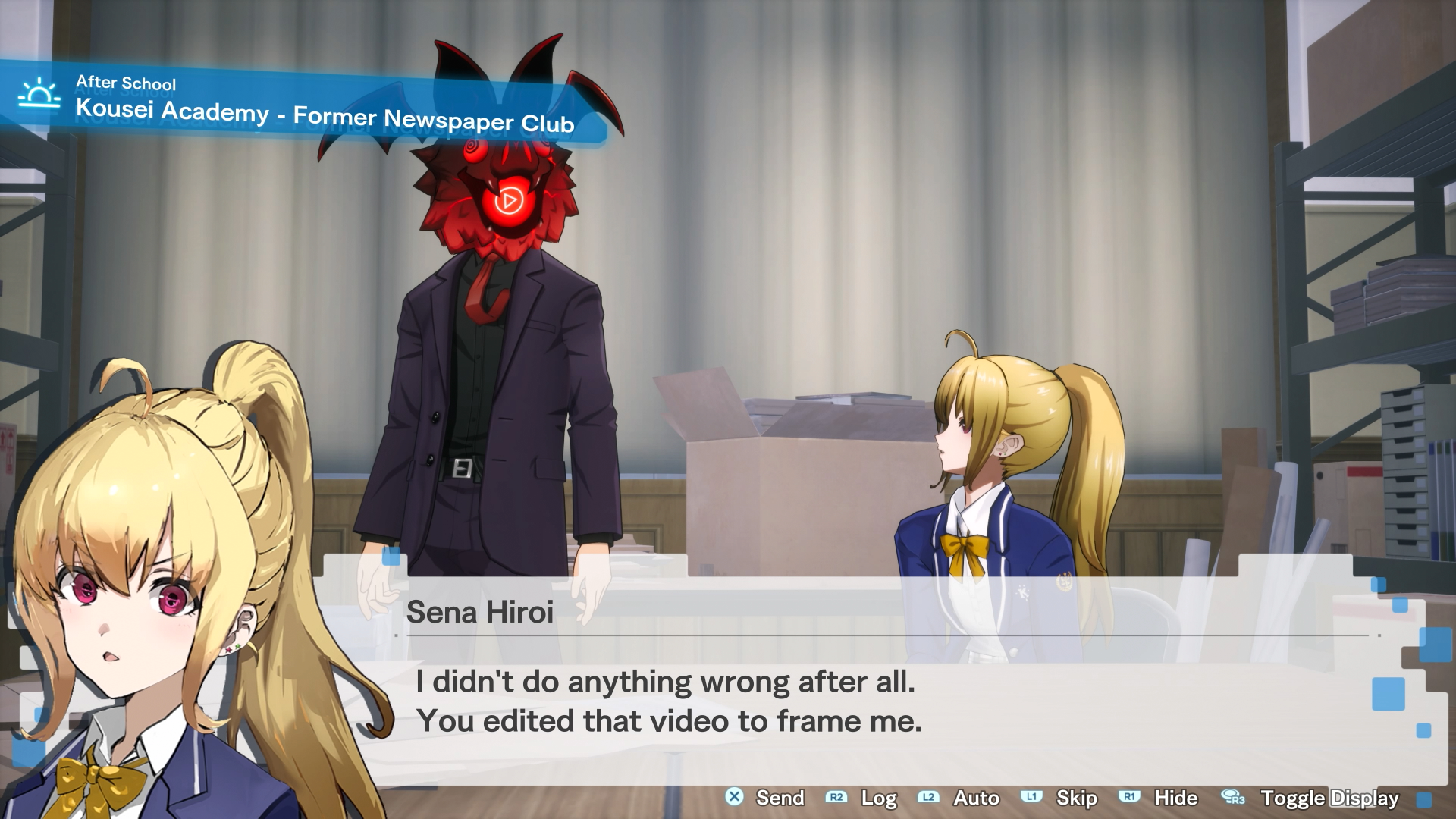
Each arc kicks off with your character taking a questionnaire asking how he would respond in various scenarios. These answers impact a morality system composed of six traits called Triad Stats: Morality, Sympathy, Altruism, Machiavellianism, Psychopathy, and Narcissism. I’ll get into their gameplay significance later, but the way this facet is integrated into the story feels half baked and pretentious.
Varlet’s key tagline is “This isn't a story about finding someone else—it's about finding yourself.” Finding yourself means sporadically unlocking extra dialogue options, exploring philosophically complex topics such as sympathizing with someone sad, or having enough morals to be willing to return a lost item. Riveting and emotionally complex stuff that I wouldn't have been able to do in real life without the game teaching me how to “find myself”. Further relevance to the overarching mystery is drip-fed at a glacial pace, lacking any investing world building or supporting characters to make the reveals satisfying.
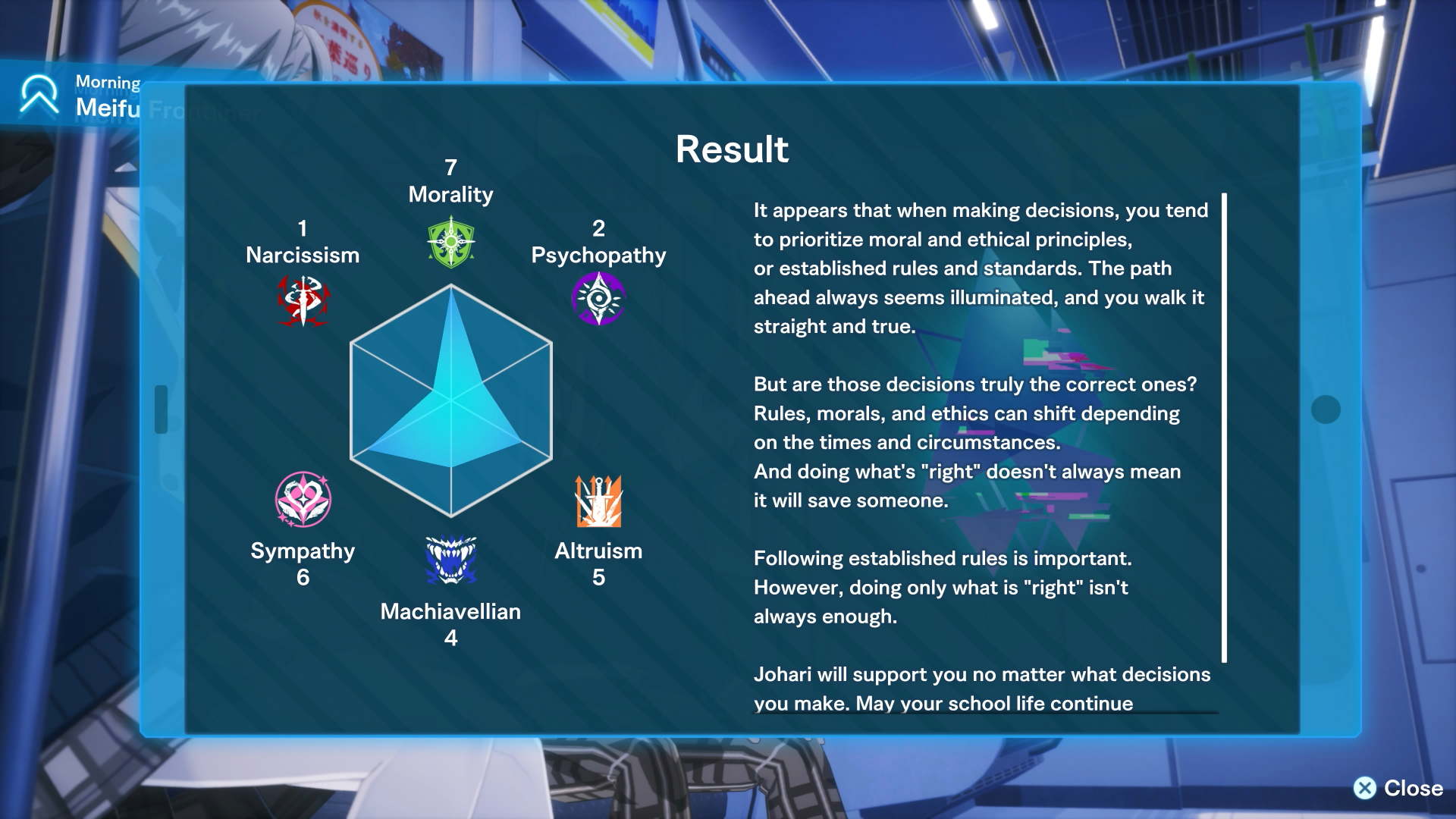
As for the individual stories within each chapter, they fare slightly better, but not by much. There is an attempt to ground each arc’s antagonist with some sort of emotional turmoil such as jealousy or self doubt, but their motivations come off as underwritten and cartoonishly evil for their simplistic goals. The only decently executed narrative tool is how social media enables these foes to fulfill their desires. Fortunately, the main party members are at the very least decently fleshed out. They aren’t the deepest characters in the world, and the execution of their growth is still basic, but even diet characterization feels multi-dimensional on the Varlet curve. Furthermore the banter between the cast is easily the best part of the game. Their colorful personalities made for entertaining interactions that had me smiling through the boring story surrounding them.
Speaking of characters, Varlet possesses bond events for each party member that springboards off their arc within the main story. These are cute scenes that add a little more depth to these paper thin characters, deepening them to the status of “stacked sheets of paper”. This social system feeds into the RPG side of the game, giving the main character and the subject character skill points to expand their battle prowess with the skill tree. Woefully, this is the only decent synergy between the gameplay of school life and supernatural life.
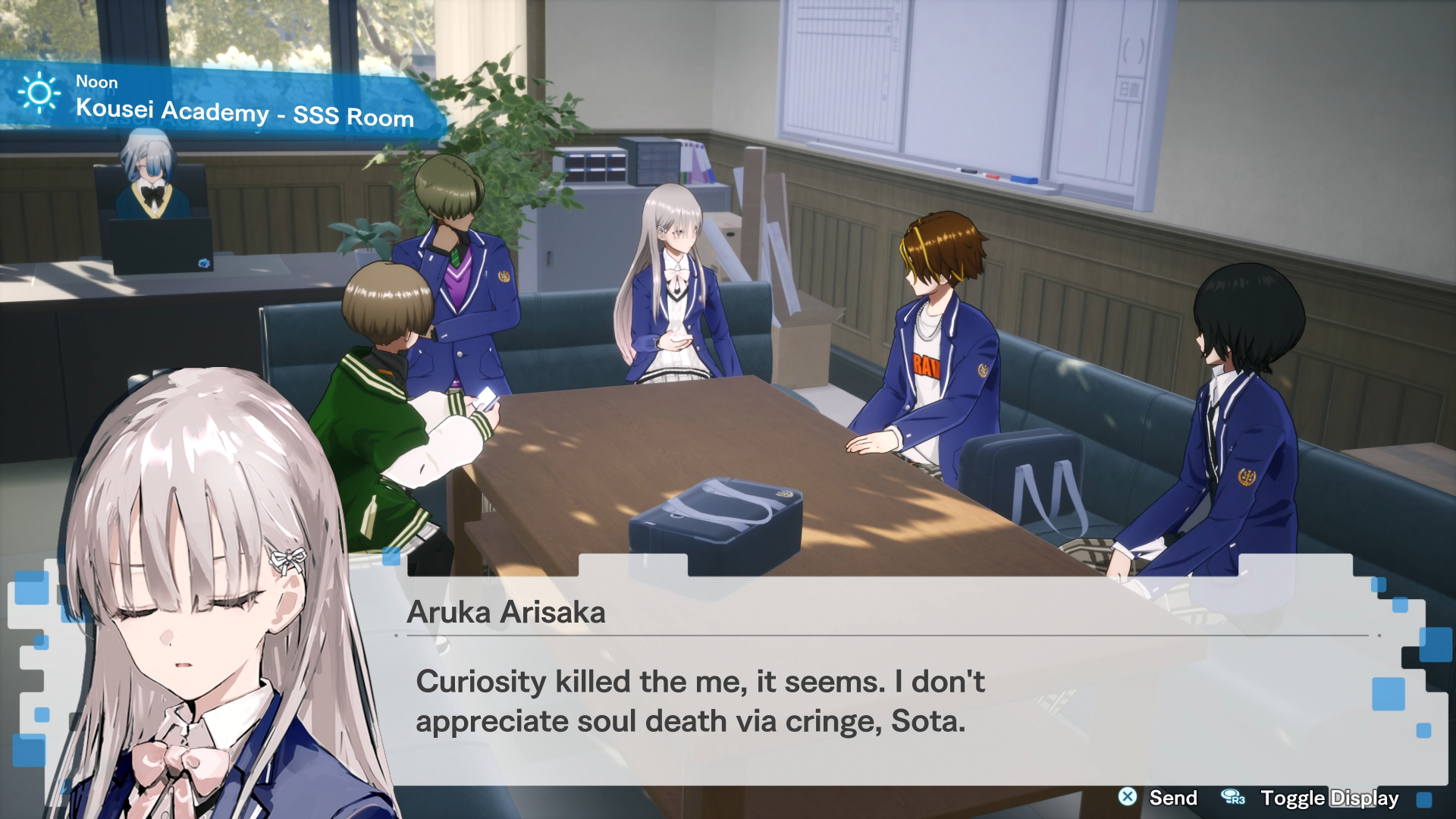
The rest of the activities in its calendar system feel rudimentary, having the player go around campus completing Student Support Services (SSS) Activities, a fancy way to describe daily chores. These don’t evolve at all, even during the endgame. You’re still putting up the same flyers and finding the same lost items, over and over again.
None of these tasks are particularly intrusive, taking around five minutes to complete each session, but they're just so mind numbingly boring. Halfway through my playthrough, I opted to take advantage of the skip function to bypass the rest of the SSS Activities. Being able to skip these sections further reinforces their non-intrusive nature, but it's still baffling how the in-game solution to its own design flaws, is to not engage with the most prominent pillar of its social sim aspects.
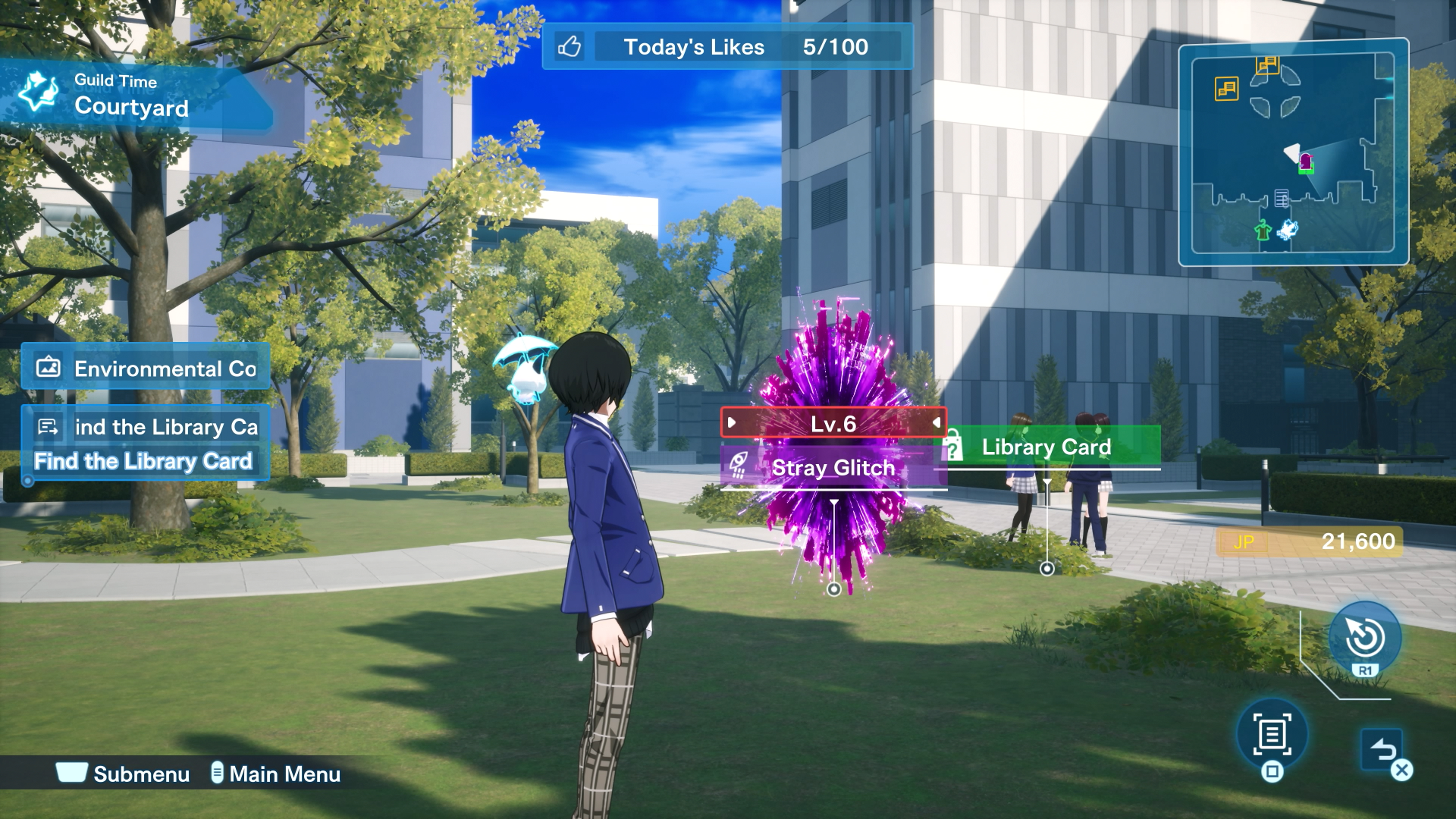
Gameplay rewards received from engaging with SSS Activities are also a bust, the primary one improving the protagonist’s scan radar range, a mechanic that temporarily reveals hidden objects in the world. This only has situational use in the dungeons. Instead, the radar is most effective during the school sections, where they can be used to find more chores around campus! Hooray! The only remotely useful incentives when bumbling around school are exploring the random mini hallway dungeons serving as EXP grind spots, and the occasional morality choices such as abstaining from reading someone’s diary to improve Triad Stats.
Circling back to the gameplay significance of these stats, your responses to the questionnaires, dialogue options, and morality choices will allocate points towards the aforementioned six traits. Reaching a certain threshold in these Triads will offer boons during battle, primarily as a drip feed of stat increases. Overall, these improvements feel like drops in a bucket, but it’s at the very least some sort of objective gameplay utility.
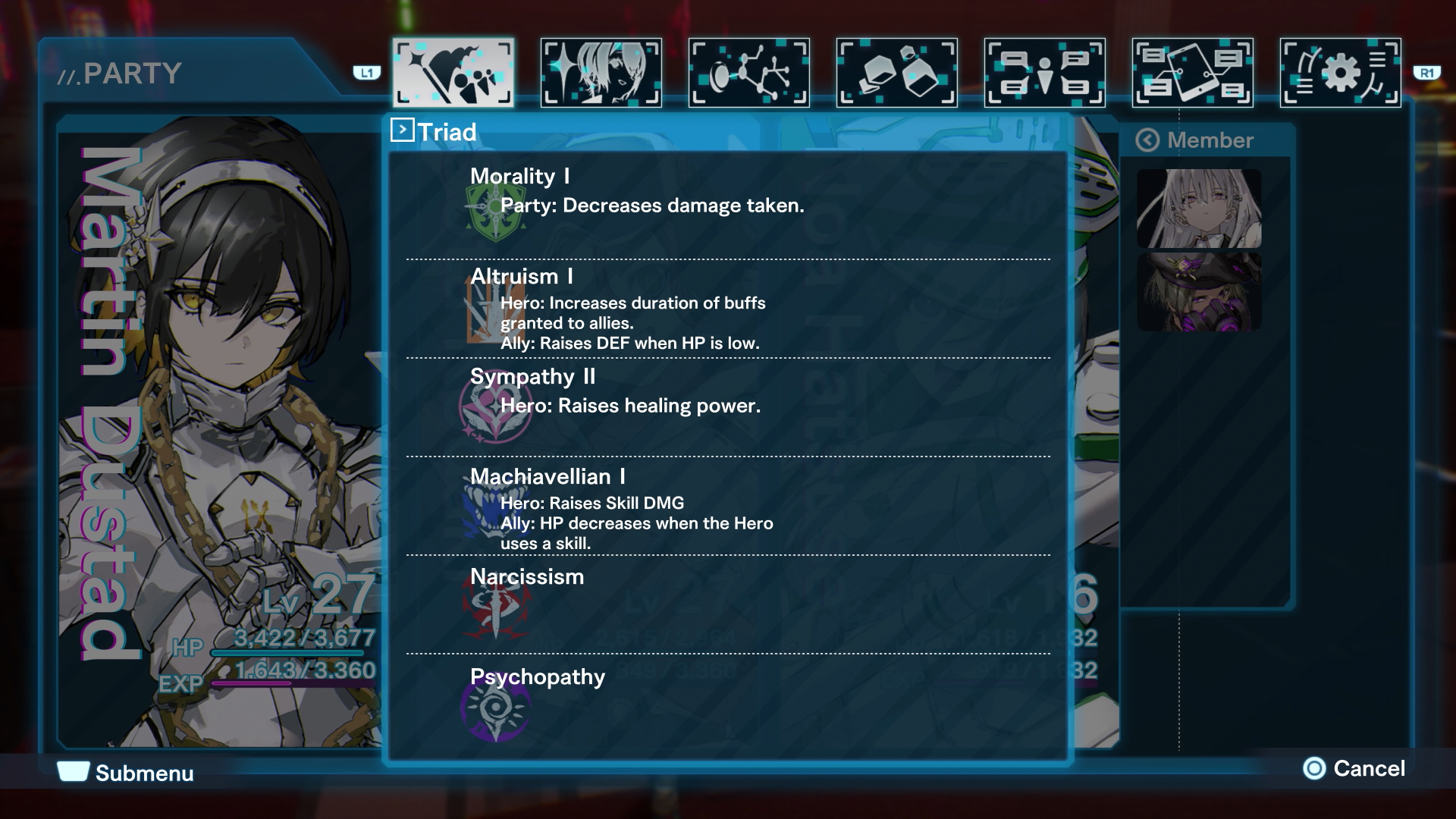
Transitioning from school life to exploring Glitches, Varlet trades one form or repetition for another. Both the dungeon exploration and the battle system start with decent foundations, but fail to hold my interest past the midpoint. Dungeons are broken up between smaller segments the party enters everyday. These are linear affairs that spam a repetitive gimmick of placing bridges between gaps to create a path forward, with the occasional enemy occupying the map. Most of these sections aren’t bad per say, but there isn’t any facet that’s particularly exciting enough to create any semblance of an entertaining exploration loop. FuRyu is essentially having each dungeon regurgitate the same singular type of navigation puzzle with a different coat of paint. There are no substantial additions to the mechanical formula, no interesting set pieces or challenges to contend with, anything to at least mix things up.
Instead Varlet mistakes padding for depth. I lost track of how many times I audibly sighed during the latter half, seeing an abundance of monsters scattered across the slightly larger stages to accommodate for more puzzles. Again, I was getting sick of it during hour ten, so it doesn’t take much to imagine how burnt out I felt doubling that amount of time. Mercifully, trekking through Glitches lasts around five to fifteen minutes, much like every other facet of the game. So even if it often feels like an eternity, at least the game is content whisking me from boring dungeons, to boring school life, to boring story at a brisk pace.
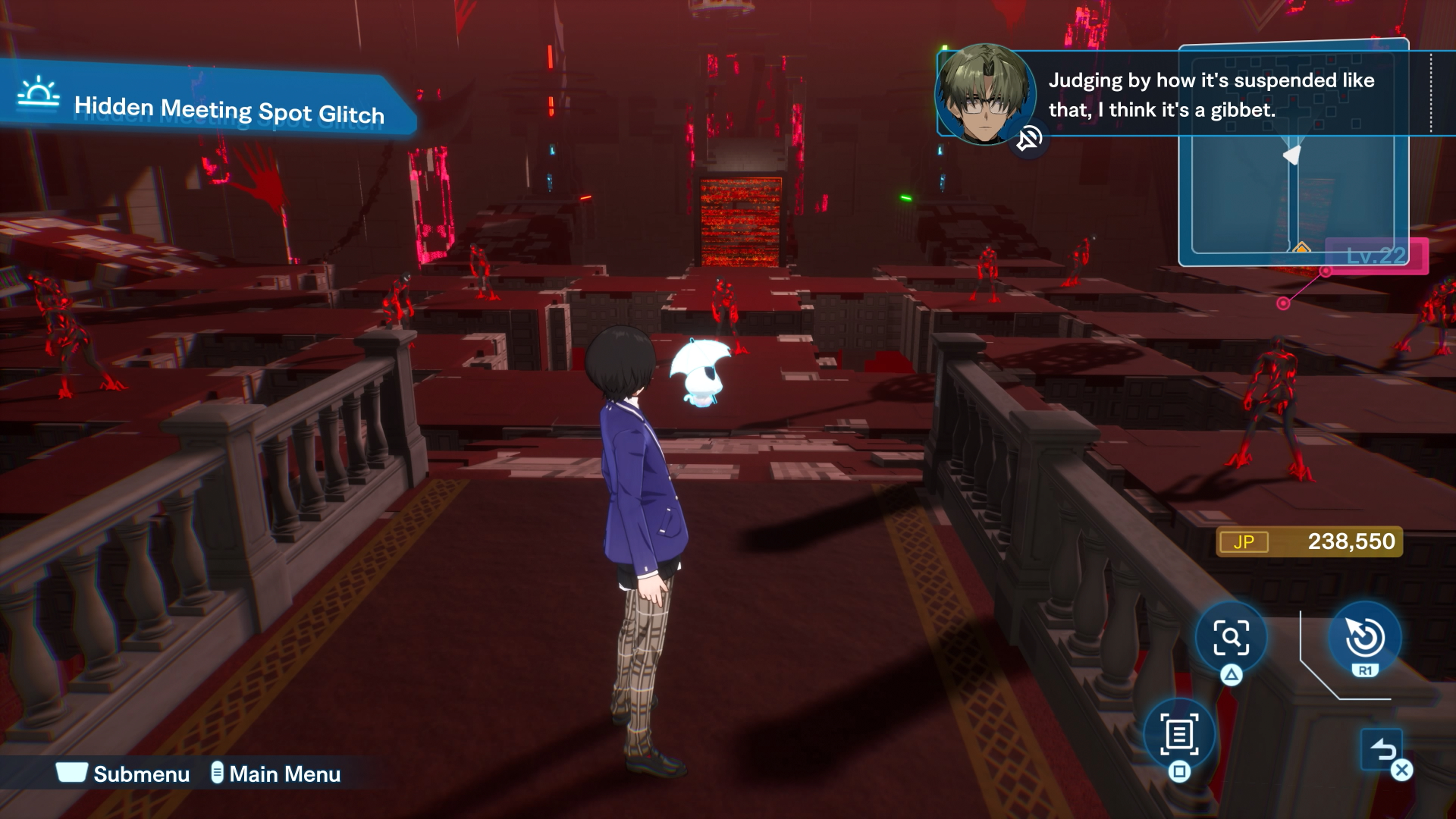
The battle system is the most fleshed out of Varlet’s gameplay. It starts out with so much promise, framing its turn-based system with a real time structure. The left-hand side of the screen has a column of ticks called Steps. These indicate the flow of time within battle, with every ability taking a certain amount of Steps to wind up, before being unleashed on the subsequent space. How the system interweaves turn-based elements is by representing each turn as a section of Steps. You’re able to see the enemies’ actions on the bar in advance in order to plan your moves accordingly.
As someone who isn’t a fan of the ATB system in Final Fantasy games, I found Varlet’s battle system to be a much more compelling interpretation of blending turn-based with real time. Similar to FuRyu’s Caligula Effect titles, the pause in action provides you with ample time to direct how the flow of combat will play out. There is no downtime where both sides sit still being unable to attack or select moves for their next turn. The combatants are either attacking, or using Steps to charge up an attack.
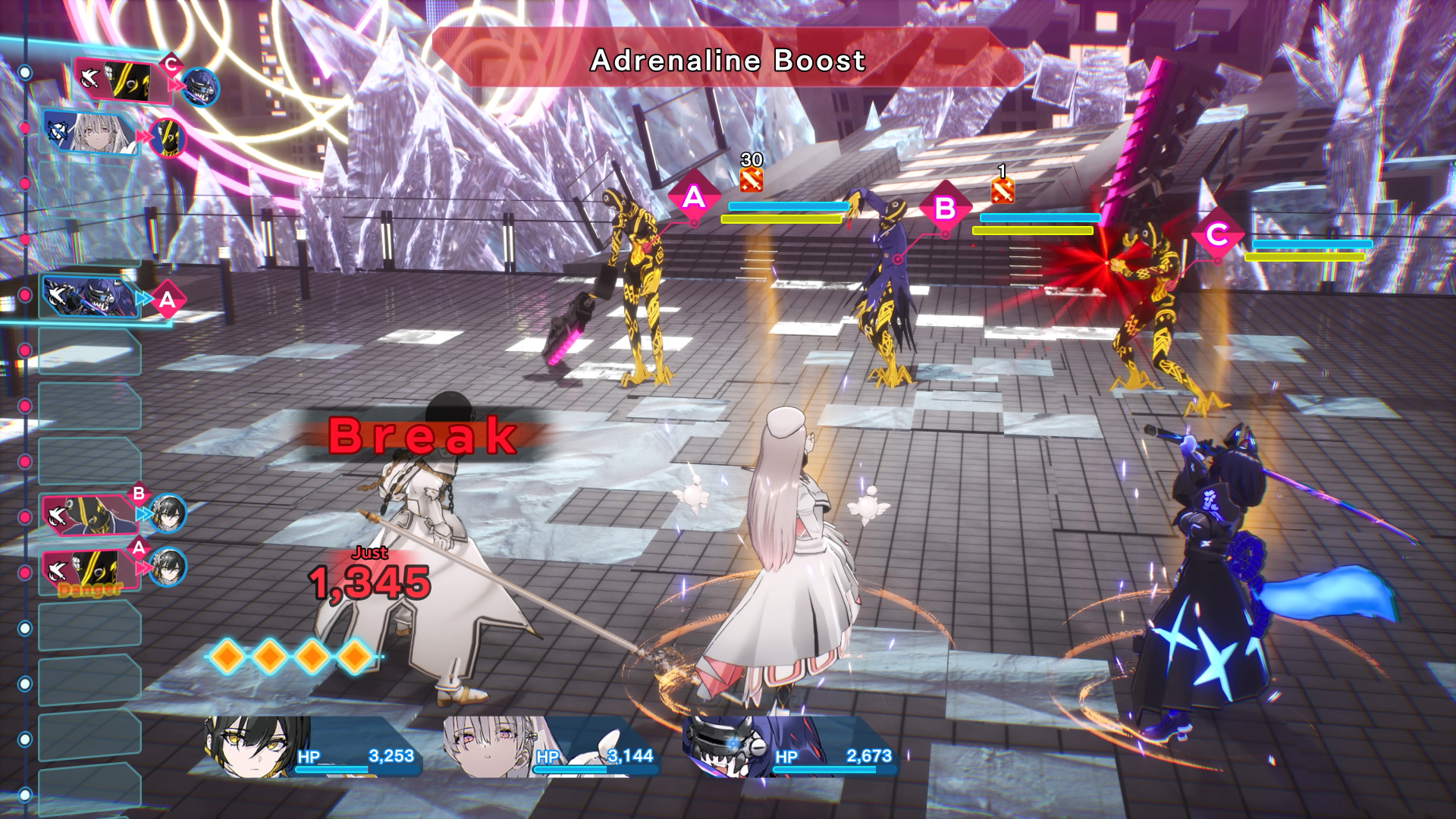
Additionally, there are many different means to influence the Step system in your favor. A rock, paper, scissors equivalent exists when dealing with upcoming attacks from foes. Most moves have various properties that counter others. Successfully performing these actions before your opponent will prevent them from using their attack, in addition to delaying their turn in the Steps column. One of the more useful mechanics is the ability to have a character fast track their action by interrupting whatever Step the bar is currently on, opening up the player’s ability to chain the effects of each move to maximize the party’s synergy. Each interruption takes up a certain amount of diamonds in a resource pool, so they can’t be spammed.
There are other mechanics such as two or three characters gaining a boost when acting on subsequent steps, or a stun meter that triggers a team based minigame not dissimilar to Xenoblade 1’s Chain Attacks. I’ll be honest and say that all this mechanically sound foundation is wasted with two critical issues. The biggest blunder is how each party member does not possess a magic meter. This means team-wide healing abilities can be casted every single turn, trivializing every fight.
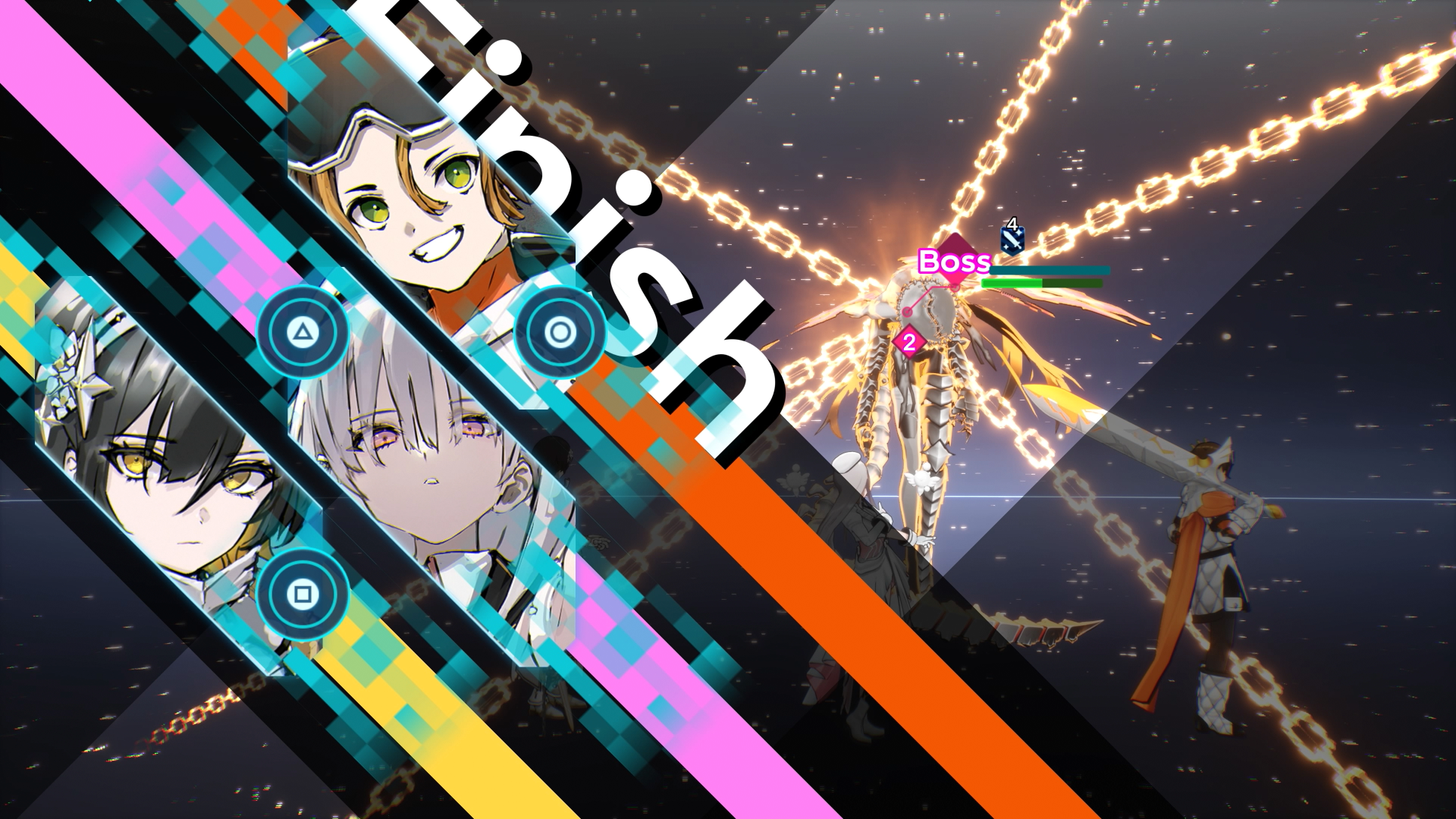
Secondly, the battle system’s slow and steady pace excels during bosses, where planning each move yields satisfying pay offs. But when fighting generic looking glitchy guy #1000? I would mash the X button to slap foes around just to get the fights over with. A strategic system where the quickest way to deal with most skirmishes is to mindlessly avoid engaging with it.
While the early game had sparse encounters, FuRyu littered later maps with a multitude of monsters as mentioned previously. It’s such a shame too, because I really dig the system itself, but its integration in the core gameplay loop is such a bore, even when setting fights to 3x speed. Both of these flaws had me switching to the easiest difficulty later in the game just to make the tedium end faster.
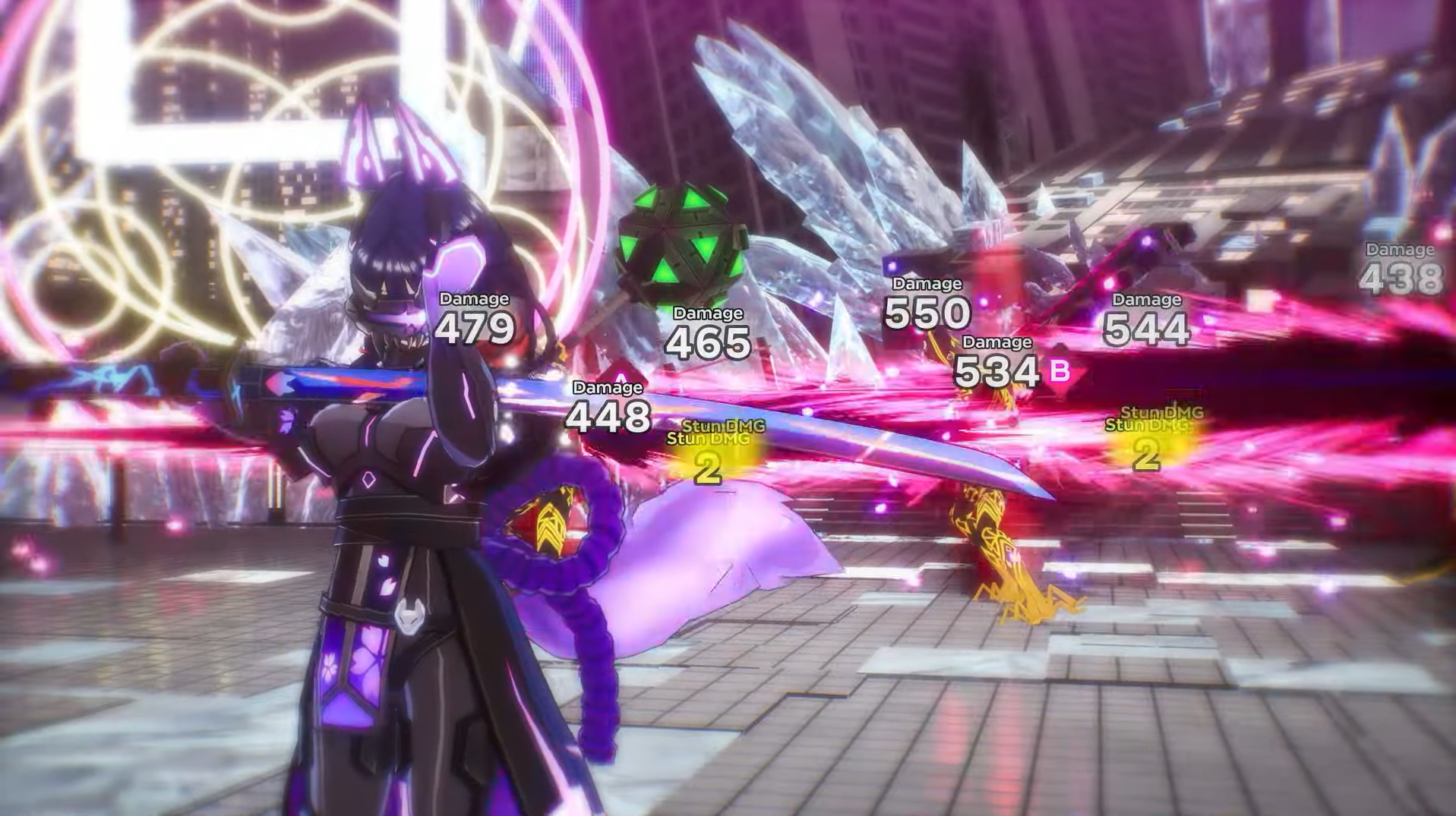
So, is there anything Varlet does when streamlining the typical high school JRPG mechanics that doesn’t lead to monotonous bloat? Shockingly yes, and that’s by bypassing a common gameplay trope entirely: investigations. Generally when other games kick off a new story arc, the party is put in a dilemma that requires them to go around the world to gather clues for the plot to progress. While there is a level of investment providing player agency when gathering info within the world, I often found them to be padding to get to the main event.
Varlet cuts that middle-man entirely. The cast mentions how they have to find someone for intel, and the story immediately cuts to the next cutscene showing them conversing with who they need to. I really dig this creative decision, as it structurally keeps the story flowing at a refreshing pace (dull narrative contents aside). I understand how taking the interactivity out of this inveractive medium isn’t exactly a glowing endorsement, but this is my backhanded praise for the game showing restraint for adding another gameplay system that was already mind-numbing in better games.
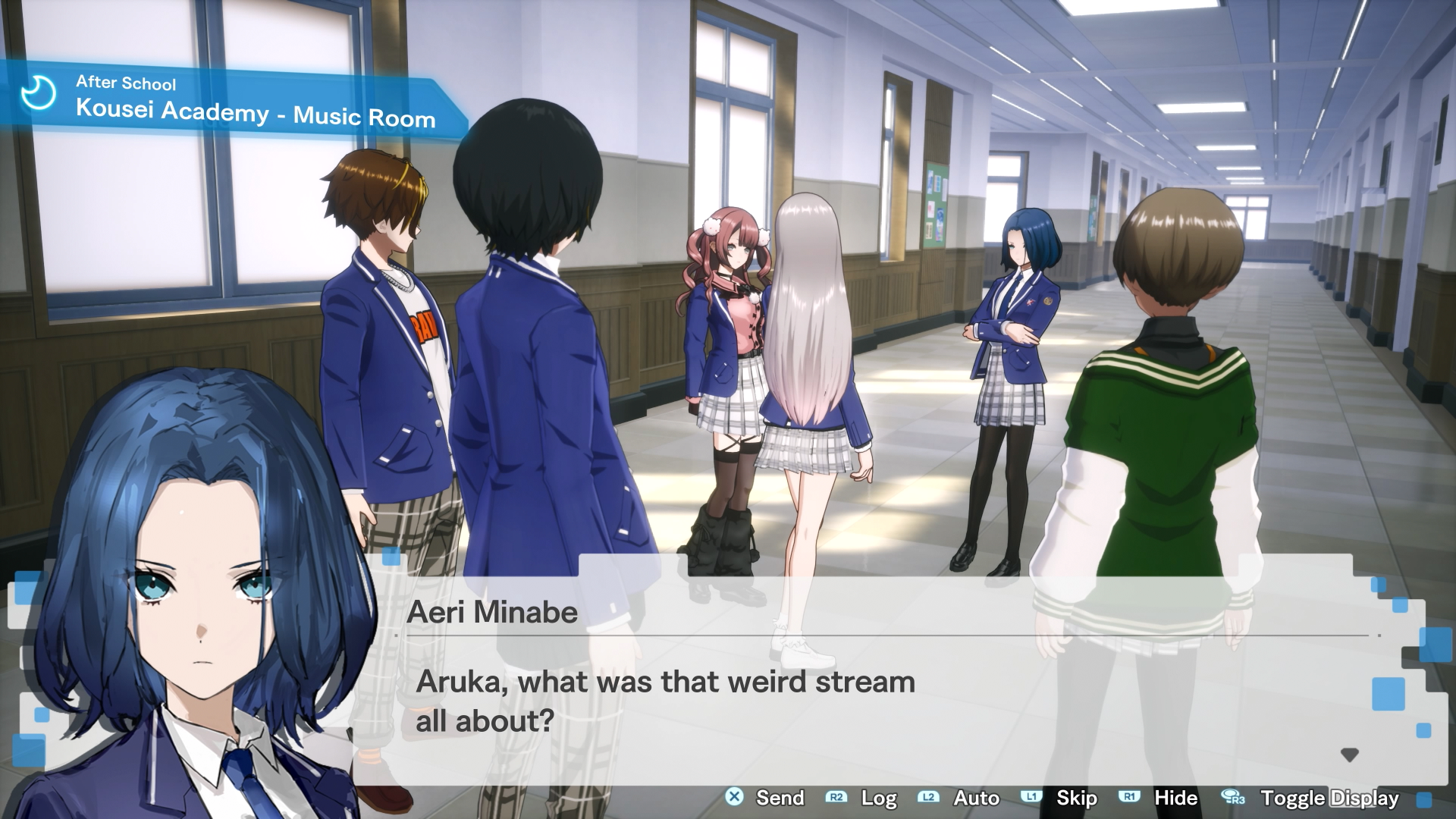
You know things are dire when I can’t even praise a FuRyu title for its music. Most of the soundtrack is fine, if a bit generic. The vocal tracks during bosses are neat, but pale in comparison to the bangers found in Monark and The Caligula Effect duology. Regrettably, all of that mild praise goes out the window when listening to Varlet’s standard battle theme ad nauseum. Its repetitive synth and baseline is grating, and has the same energy as the background music you would find in a mellow ad for the Sci-Fi channel in the 90s. I wouldn’t be making such a big stink about this if it wasn’t the only standard battle theme that permeates through most of the dungeons.
A fittingly monotonous track, playing during monotonous battles, while trudging through the monotonous dungeons of this monotonous video game. The only genuine praise I have for the game’s audio is the voice acting. All of the actors’ line deliveries are superb, and it's impressive how every single line is voiced, with the exception of NPC dialogue during SSS Activities. Despite wishing there was a dub, what is here is still solid.
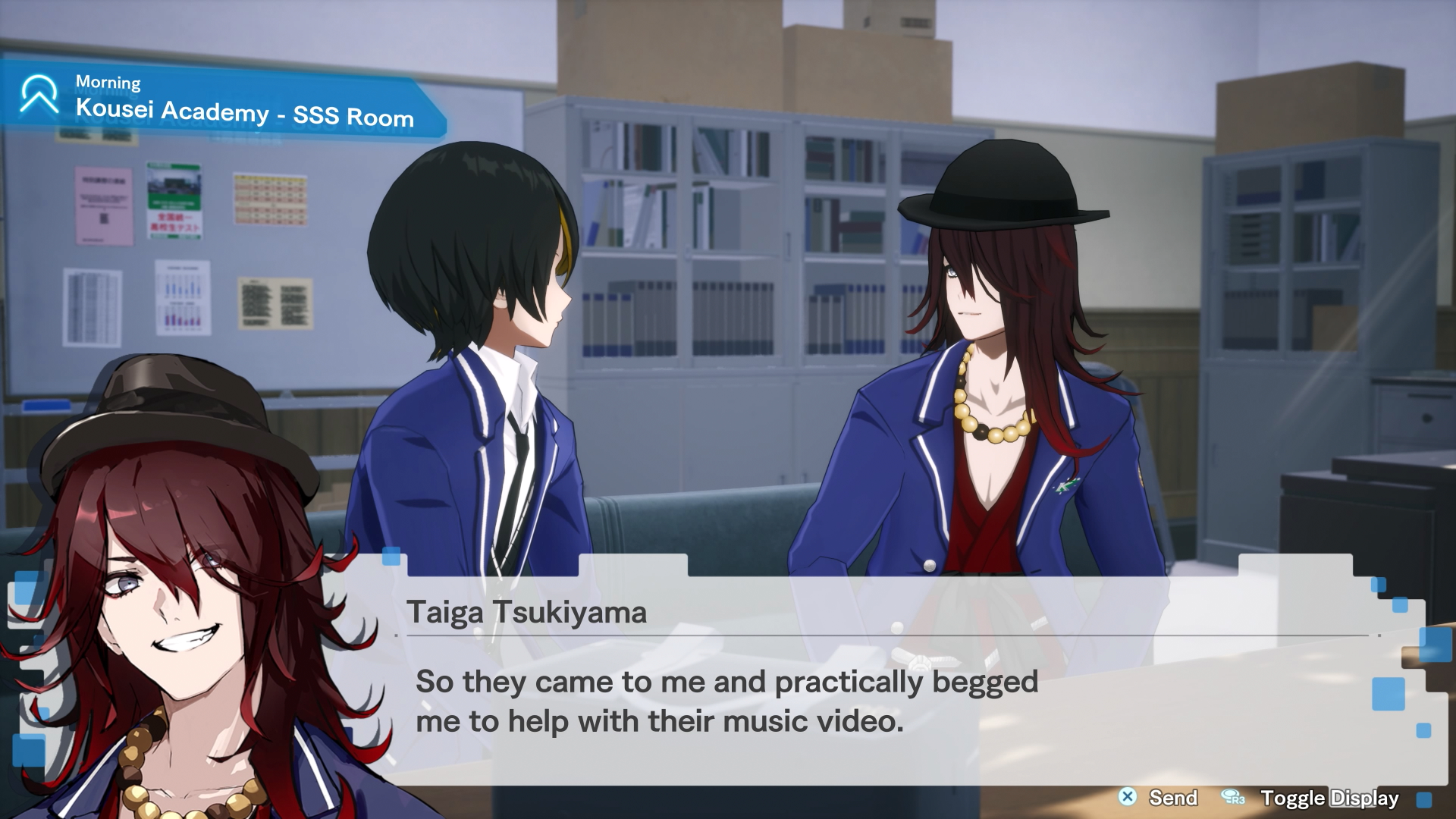
Visually, FuRyu games normally aren’t mind blowing outside of superb 2D sprites during dialogue scenes. Their latest JRPG continues this trend, even if the character designs themselves are on the generic side. Where the developer consistently struggles is creating environments and 3D character models that rise above being subpar (even if I find their crust charming). With Varlet, subpar has never looked better. The models themselves are quite nice, just as long as they aren’t moving. The environments are still on the bland side, but the use of solid colors with cool hues provides a smooth and pleasant look to the eye. Overall, this is the most polished looking game from FuRyu’s catalog. To add on, I experienced no performance issues playing on PS5.
VARLET
Below Average
Nothing in Varlet’s gameplay or narrative is outright terrible, with even the worst aspects being non-intrusive. Despite this, repetition is what makes the whole package less than the sum of its mediocre parts. My heart sank realizing how its promising foundation within the first few hours is all the game has to offer. Worst of all, as someone often moved by FuRyu’s flawed, but heartfelt games, Varlet commits the biggest sin of all. It made me feel next to nothing.
Pros
- Fun main cast and banter
- Decent thematic and gameplay concepts
- It’s a 20 hour JRPG
Cons
- School exploration is pointless
- Minimal variety in dungeons and battle
- Surface level story and morality system
- The main battle theme
- 20 hours felt like an eternity
This review is based on a retail PS5 copy provided by the publisher.
